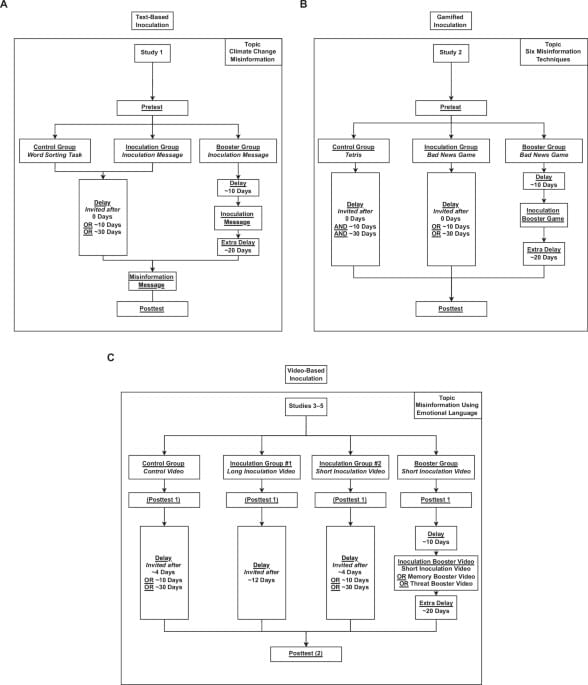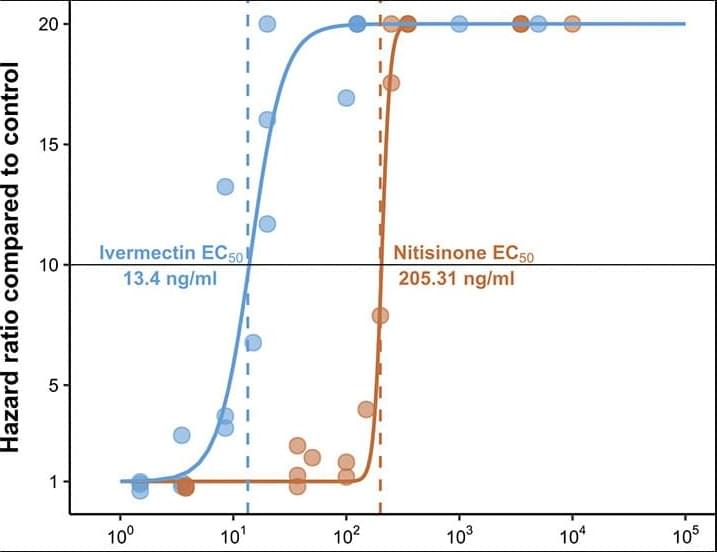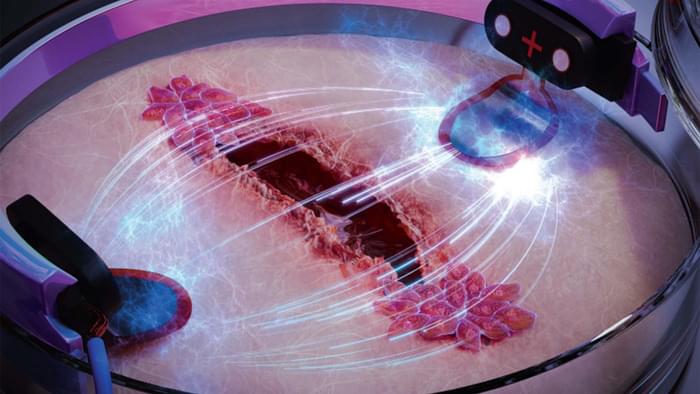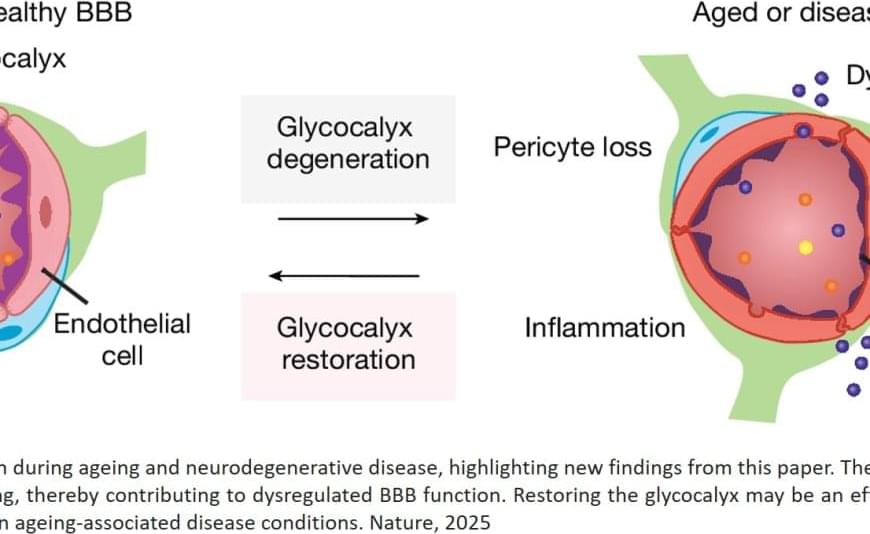Interventions to increase resilience to misinformation work but decay over time. Here, the authors show that memory—which can be strengthened—is a key predictor for the longevity of intervention effects, more so than motivation.



Perhaps I could best describe my experience of doing mathematics in terms of entering a dark mansion. One goes into the first room, and it’s dark, completely dark. One stumbles around bumping into the furniture, and gradually, you learn where each piece of furniture is, and finally, after six months or so, you find the light switch. You turn it on, and suddenly, it’s all illuminated. You can see exactly where you were.
Add a note Draw a rectangle onto the image above (press the left mouse button, then drag and release). This file has annotations. Move the mouse pointer over the image to see them. To edit the notes, visit page X. Why do you want to remove this note?
Save Help about image annotations ![]()
![]() To modify annotations, your browser needs to have the XMLHttpRequest object. Your browser does not have this object or does not allow it to be used (in Internet Explorer, it may be in a switched off ActiveX component), and thus you cannot modify annotations. We’re sorry for the inconvenience.
To modify annotations, your browser needs to have the XMLHttpRequest object. Your browser does not have this object or does not allow it to be used (in Internet Explorer, it may be in a switched off ActiveX component), and thus you cannot modify annotations. We’re sorry for the inconvenience.

(https://twitter.com/WilliamShatner/status/1907056808730235247)
We’ve detected that JavaScript is disabled in this browser. Please enable JavaScript or switch to a supported browser to continue using x.com. You can see a list of supported browsers in our Help Center.
Terms of Service Privacy Policy Cookie Policy Imprint Ads info © 2025 X Corp.



npj Quantum Inf ormation volume 11, Article number: 37 (2025) Cite this article.


Researchers from both Chalmers University of Technology, Sweden, and the University of Freiburg, Germany, have been collaborating on a project to help those who suffer from chronic wounds heal faster than ever before and therefore negate the possibility of amputation in severe cases.
Commonly a small wound does not lead to any serious complications; however, for those with diabetes, spinal injuries or poor blood circulation, a small wound means a greater risk of infection and chronic wounds – which in the long run can lead to much more serious consequences such as amputation.
Maria Asplund, Associate Professor of Bioelectronics at Chalmers University of Technology and head of research on the project explained that “Chronic wounds are a huge societal problem that we don’t hear a lot about. Our discovery of a method that may heal wounds up to three times faster can be a game changer for diabetic and elderly people, among others, who often suffer greatly from wounds that won’t heal.”

In a study in aging mice, the first author has uncovered striking age-related changes in the sugary coating – called the glycocalyx – on cells that form the blood-brain barrier, a structure that protects the brain by filtering out harmful substances while allowing in essential nutrients.
“The glycocalyx is like a forest,” the author explains. “In young, healthy brains, this forest is lush and thriving. But in older brains, it becomes sparse, patchy, and degraded.”
These age-related changes to the glycocalyx weaken the blood-brain barrier, the author found. As the barrier becomes leaky with age, harmful molecules can infiltrate the brain, potentially fueling inflammation, cognitive decline, and neurodegenerative diseases.
The results were striking: In older mice, bottlebrush-shaped, sugar-coated proteins called mucins, a key component of the glycocalyx, were significantly reduced. This thinning of the glycocalyx correlated with increased permeability of the blood-brain barrier and heightened neuroinflammation.
When the team reintroduced those critical mucins in aged mice, restoring a more “youthful” glycocalyx, they improved the integrity of the blood-brain barrier, reduced neuroinflammation, and measurably improved cognitive function.
“Modulating glycans has a major effect on the brain – both negatively in aging, when these sugars are lost, and positively, when they are restored,” the lead says. “This opens an entirely new avenue for treating brain aging and related diseases.”

While studying the effect of various cytotoxic natural products on different cancer cells, the researchers have discovered a previously unknown mechanism that could point to new therapeutic options in the event of such resistance.
“When the cancer cells come into contact with the active substance, they show a stress reaction. Even at this very early stage, long before they might possibly die, reduced growth signals cause increased levels of polyunsaturated fatty acids to be incorporated into the membrane. This makes them more susceptible to a particular cell death pathway, ferroptosis,” explains the researcher, adding: “The mechanism appears to be universal. This means that it can be observed in all the cancer cells examined and in most cytotoxic agents.” During ferroptosis, polyunsaturated fatty acids in cell membranes are damaged by oxygen radicals. The membranes become porous and the cell dies.
These findings create a basis for the systematic research of innovative treatment strategies for therapy-resistant tumors. Even if conventional chemotherapeutic agents do not kill the cells, they at least trigger a membrane change that can be utilized. “By adding substances that induce ferroptosis, cancer cells could ultimately be eliminated completely,” the author suspects.
One particular challenge in the treatment of cancer is therapy resistance. An international research team has now discovered a mechanism that opens up new treatment strategies for tumors in which conventional chemotherapeutic agents have reached their limits.
“Cytotoxic agents from nature lead to an increased incorporation of polyunsaturated fatty acids into the membrane of cancer cells. This makes them more susceptible to ferroptosis, a type of cell death, at a very early stage,” reports the lead author of the study, which has just been published in the scientific journal Nature Communications.
In the treatment of cancer with chemotherapy, natural substances, such as those from the Chinese “happy tree”, play an important role. They interfere with vital cell processes and thereby damage them. However, a few cancer cells are often able to adapt to these challenges and survive. This is called resistance.